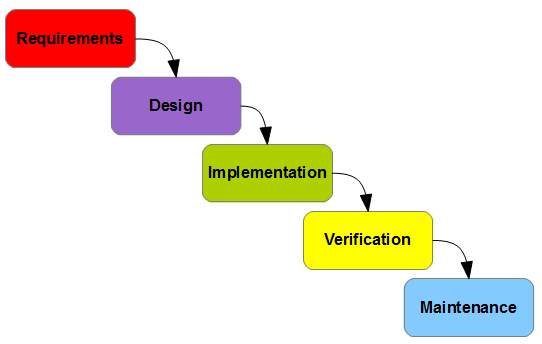Forget cloud storage. Scientists can now save data in plastic—storing digital information in short-chain polymers, and reading it back with electricity.
Researchers at the University of Texas at Austin encoded an 11-character password in tiny custom-built plastics called oligourethanes. While these materials have long been explored as chemical barcodes for data storage, decoding their molecular messages has typically required bulky, expensive instruments.
Instead, the UT-Austin team has designed a portable electrochemical system that could one day fit on a circuit board. Using electrical pulses, they read out the molecular sequences—no budget-busting machinery required.
The innovation, reported in the journal Chem, could one day power secure product labels, tamperproof medical records, and even tiny data vaults hidden in everyday objects.
“It’s a cool demonstration of how chemistry can be used in this space,” says James Reuther, a polymer chemist at the University of Massachusetts Lowell, who was not involved in the research.
Compared to other readout methods like mass spectrometry, this electrochemical approach is “a lot more streamlined and broadly applicable,” Reuther says. “It’s cheaper and it doesn’t require this massive amount of expertise to decode the sample.”
From Genes to Plastics
To date, most efforts to develop molecular data storage capabilities have centered on DNA, nature’s own information carrier. This biological blueprint is highly compact and stable, with an information density far beyond that ofsilicon chips.
Yet DNA remains limited to a four-letter alphabet—A, C, T, G—and can only be read using complex sequencing technologies. Synthetic polymers like oligourethanes, by contrast, can be built from a much larger library of chemical building blocks and designed to work with a variety of readout strategies—tandem mass spectrometry, the current go-to method, being just one of them.
Looking to expand that tool kit, the UT-Austin team, led by chemist Eric Anslyn and electrical engineer Praveen Pasupathy, turned to electrochemistry.
Taking advantage of the signal-shifting behavior of ferrocene—an iron-based molecule that changes how it responds to electricity pulses—the researchers attached different versions of it to short chemical chains. This let them build a set of tiny four-unit polymers, each acting like a molecular radio station and broadcasting at a distinct frequency.
To read the sequence, the researchers triggered a chemical-degradation reaction that clipped off one building block at a time. Zapped with controlled electrical jolts from a potentiostat—a shoebox-size lab instrument costing only around US $10,000, compared to several hundred thousand dollars for a high-end analytical mass spectrometer—the different ferrocenes lit up at their characteristic voltages, generating a distinct signal for each step in the chain.
Specialized software grouped the signals by their unique electrical patterns and matched them to a library of known building blocks, allowing the researchers to accurately reconstruct the original molecular sequence.
Out of a possible 256-character molecular alphabet, the researchers successfully encoded and decoded an 11-character computer password—“Dh&@dR%P0W¢,” a random string of symbols and letters that would surely satisfy even the strictest password managers.
Plastic-Factor Authentication
“It’s very well thought through,” says Jean-François Lutz, a polymer chemist at the University of Strasbourg, in France, who is not linked to the research effort. The improved “readability” brings the field one step closer to practical molecular memory, he adds—though future work will need to speed up the readout process to make it useful beyond the lab.
In the study, the process of degradation, sampling, and electrochemical analysis of each 11-character polymer strand took around 2.5 hours. According to Anslyn, his team has since optimized the protocol to “make it faster”—but speed isn’t really the point of chemical data memory, when compared to today’s instant digital storage technologies.
The bigger opportunity, Anslyn says, lies in long-term, tamperproof storage that is small, stable, and less vulnerable to environmental degradation than conventional memory. And because the readout system relies on low-power electrical signals rather than bulky chemical machinery, there are also opportunities to connect these data-storing polymers directly to integrated circuit systems.
“There’s a path to interface it with more electronics, and that makes it more seamless for you to be able to connect it to computer,” Pasupathy says.
Whether the UT-Austin team’s electrochemical technique becomes the foundation of future digital chemistry—or simply sparks the next round of creative ideas—remains to be seen. But Anslyn sees it as a springboard for rethinking not just what molecules can store, but how we read them.
“I would hope we have inspired the community to think about other methods for reading out sequence information beside tandem MS,” he says, using the acronym for mass spectrometry. “If we can read sequence information with electrochemistry, what else could we do?”
.png)




